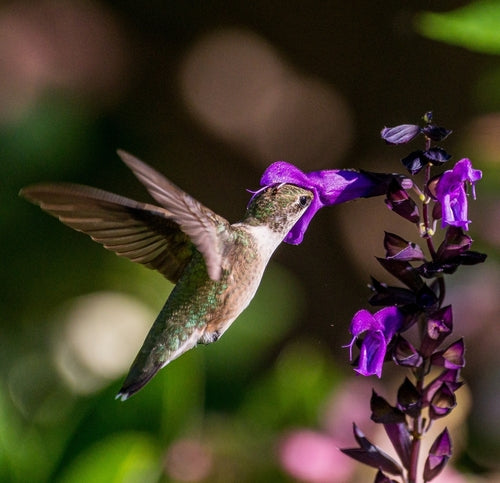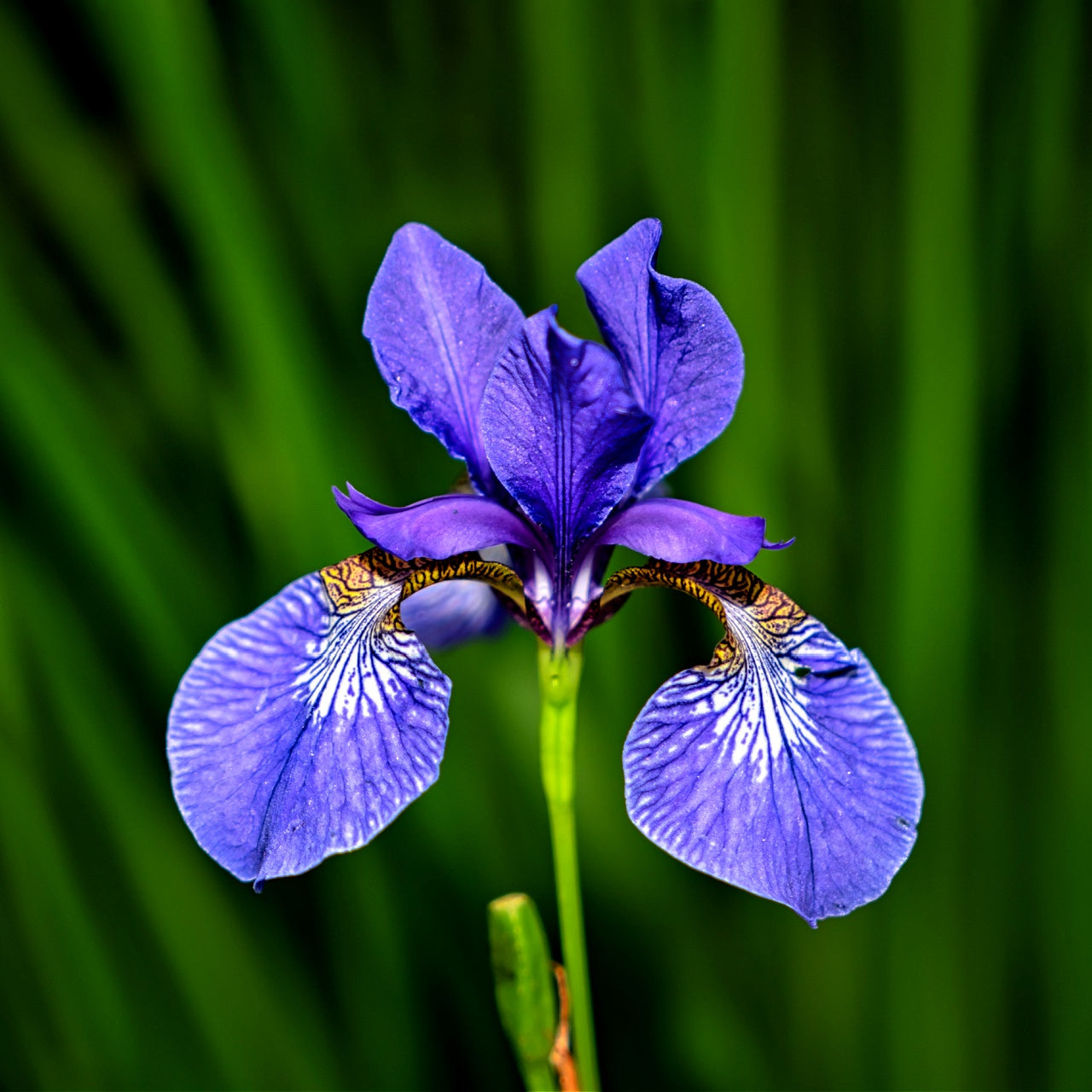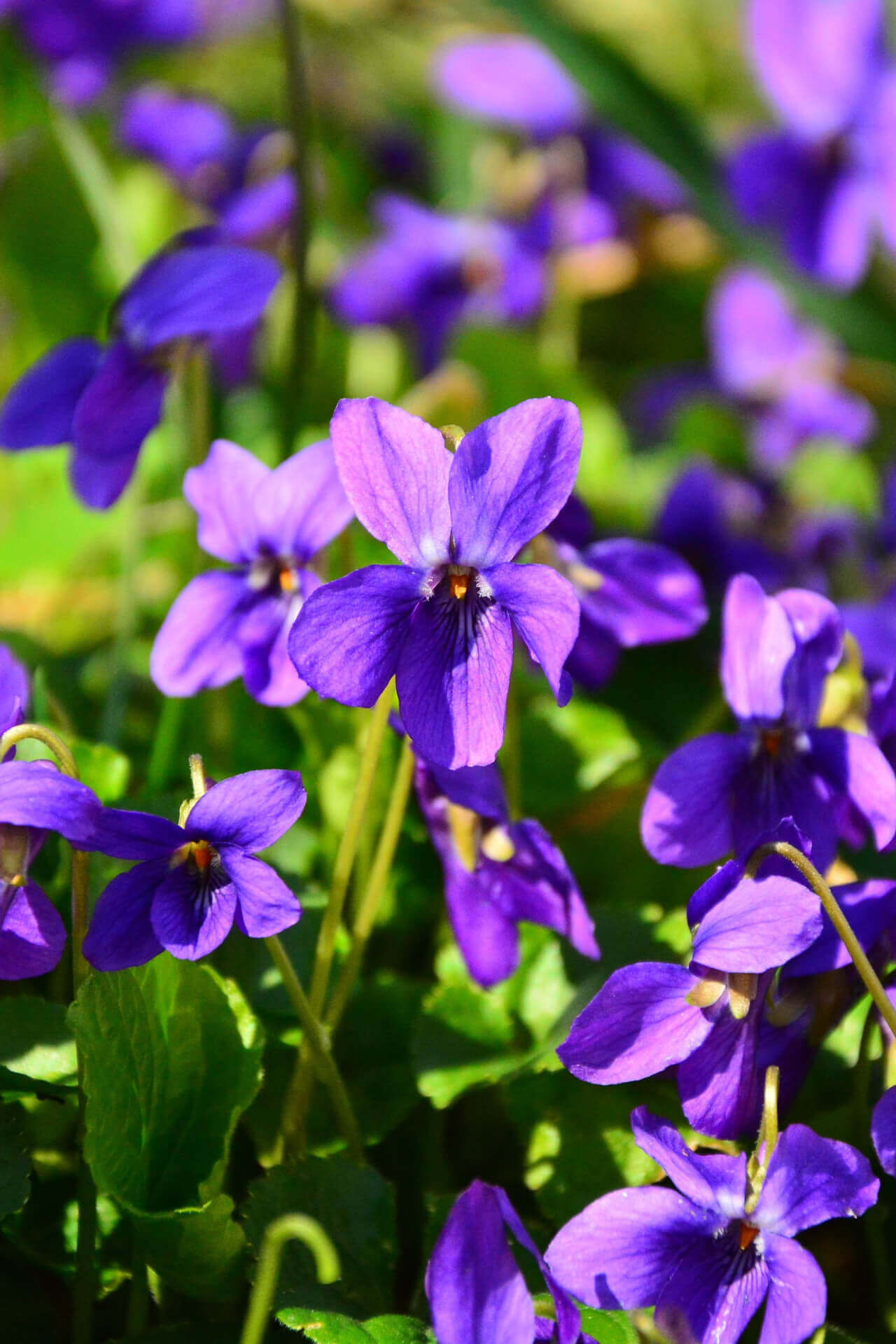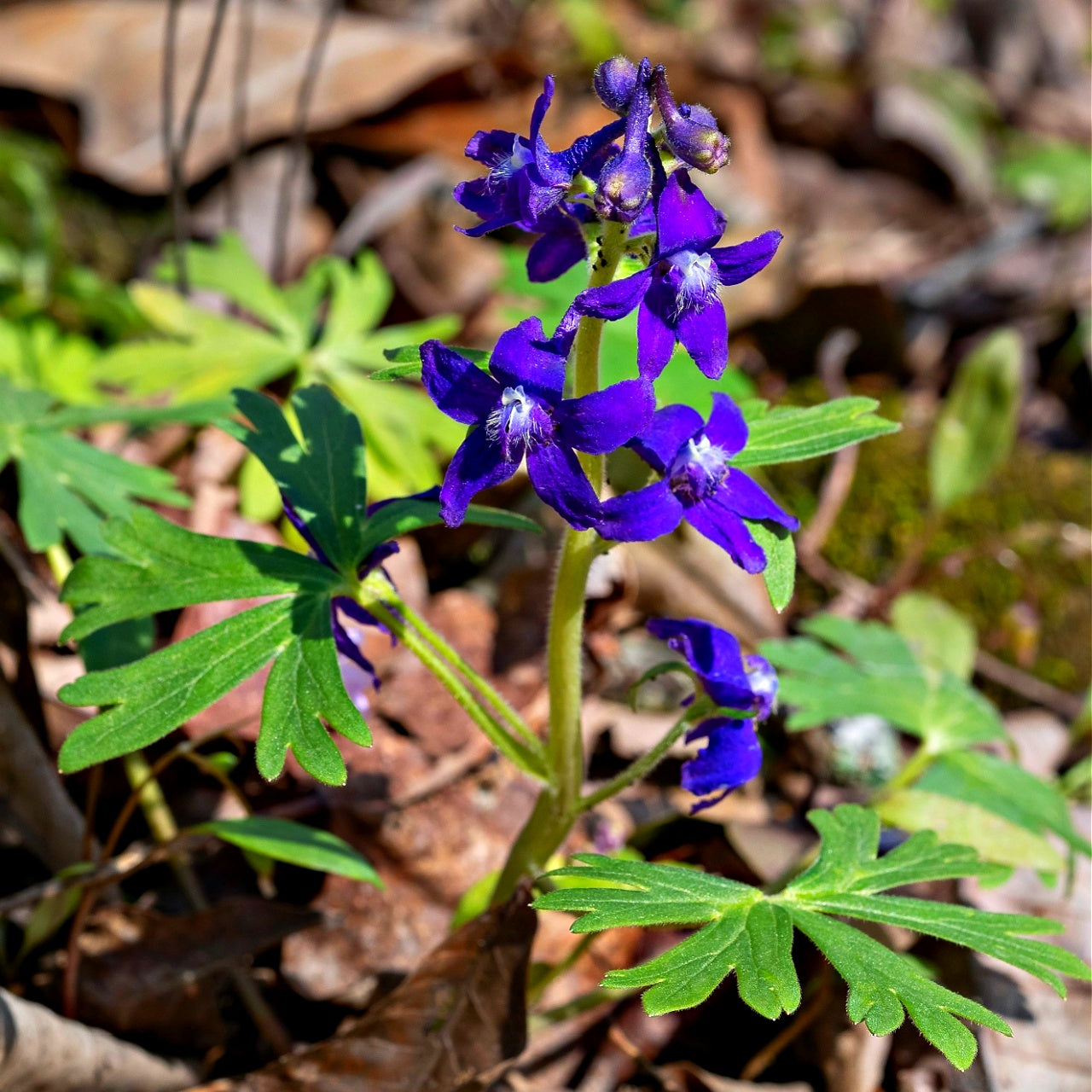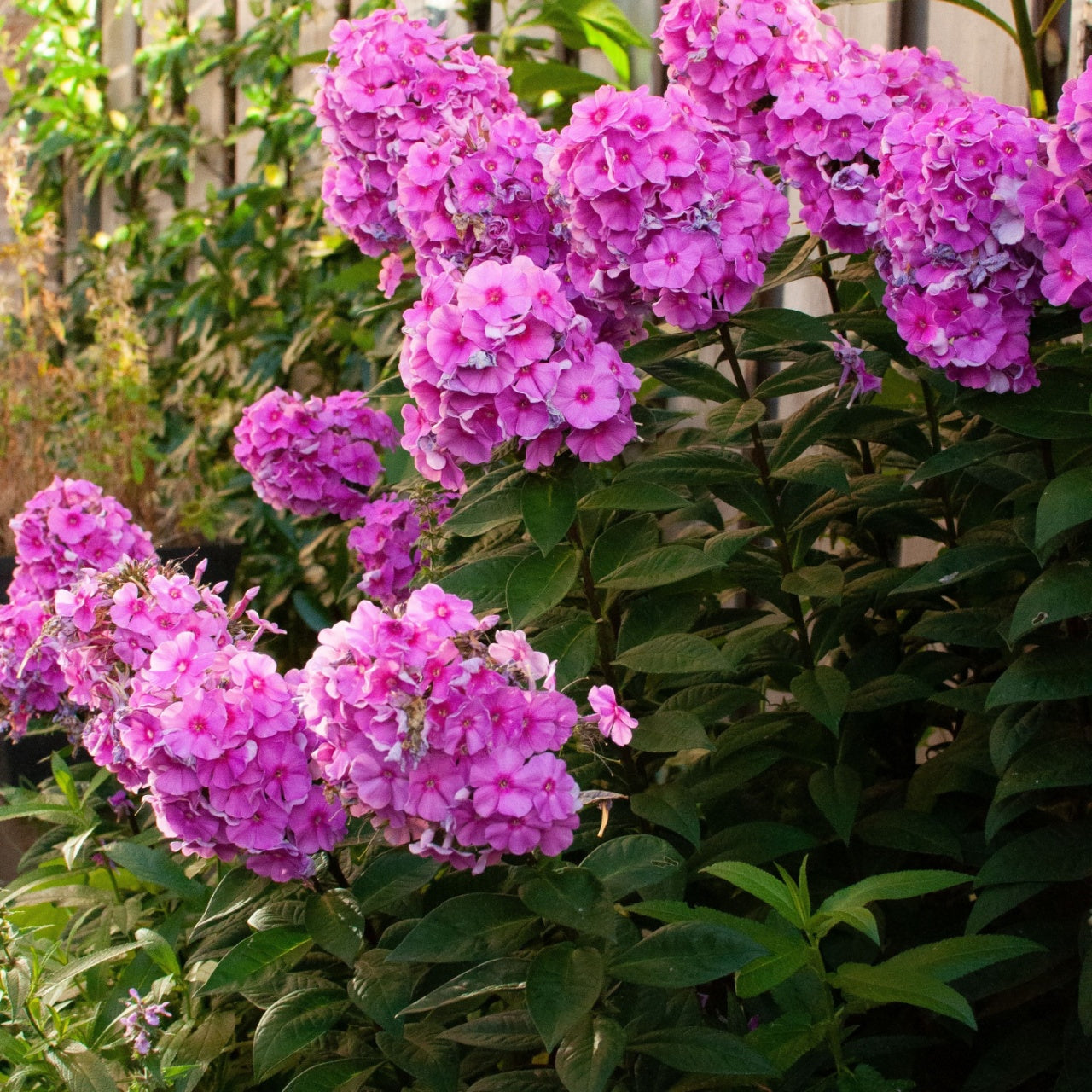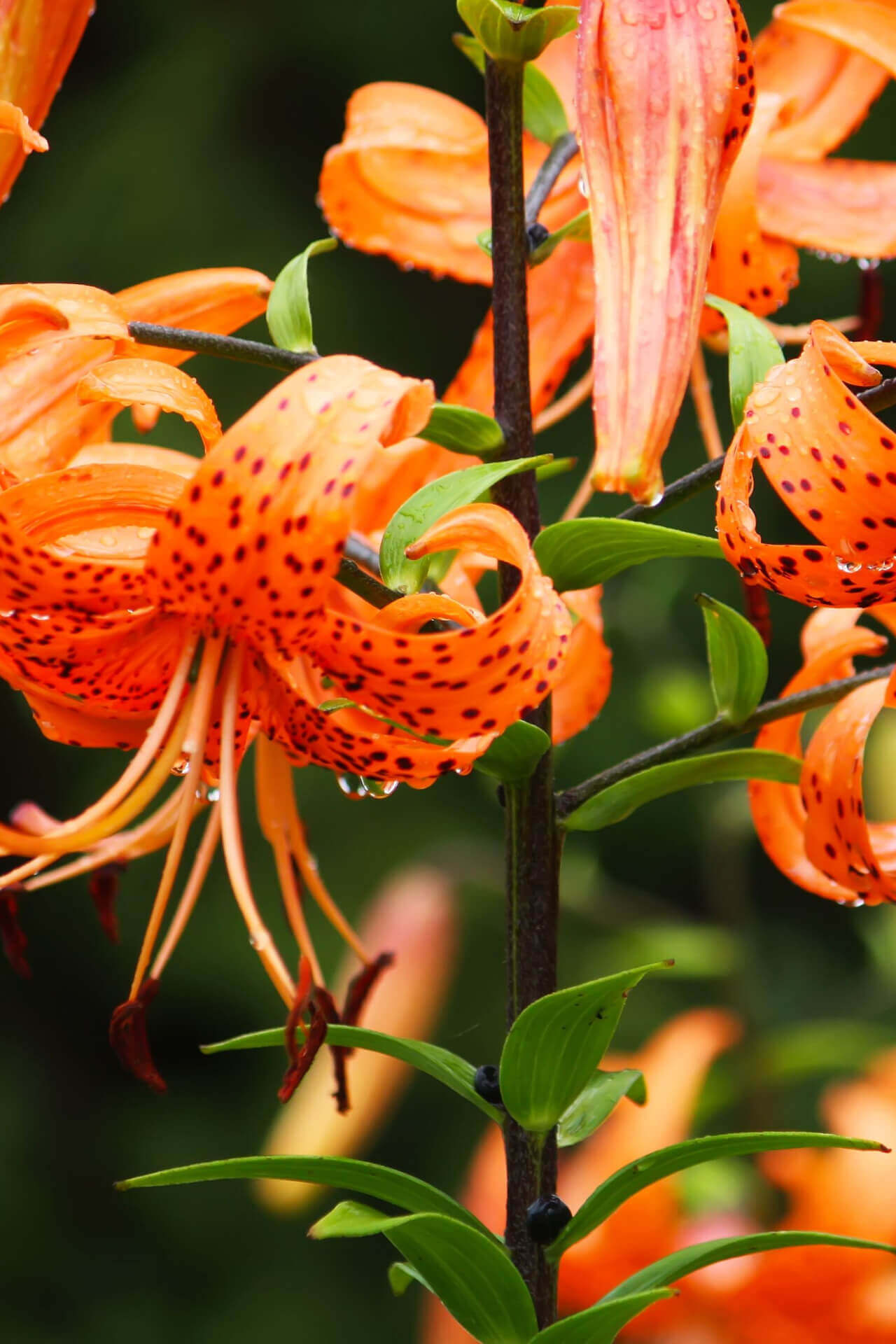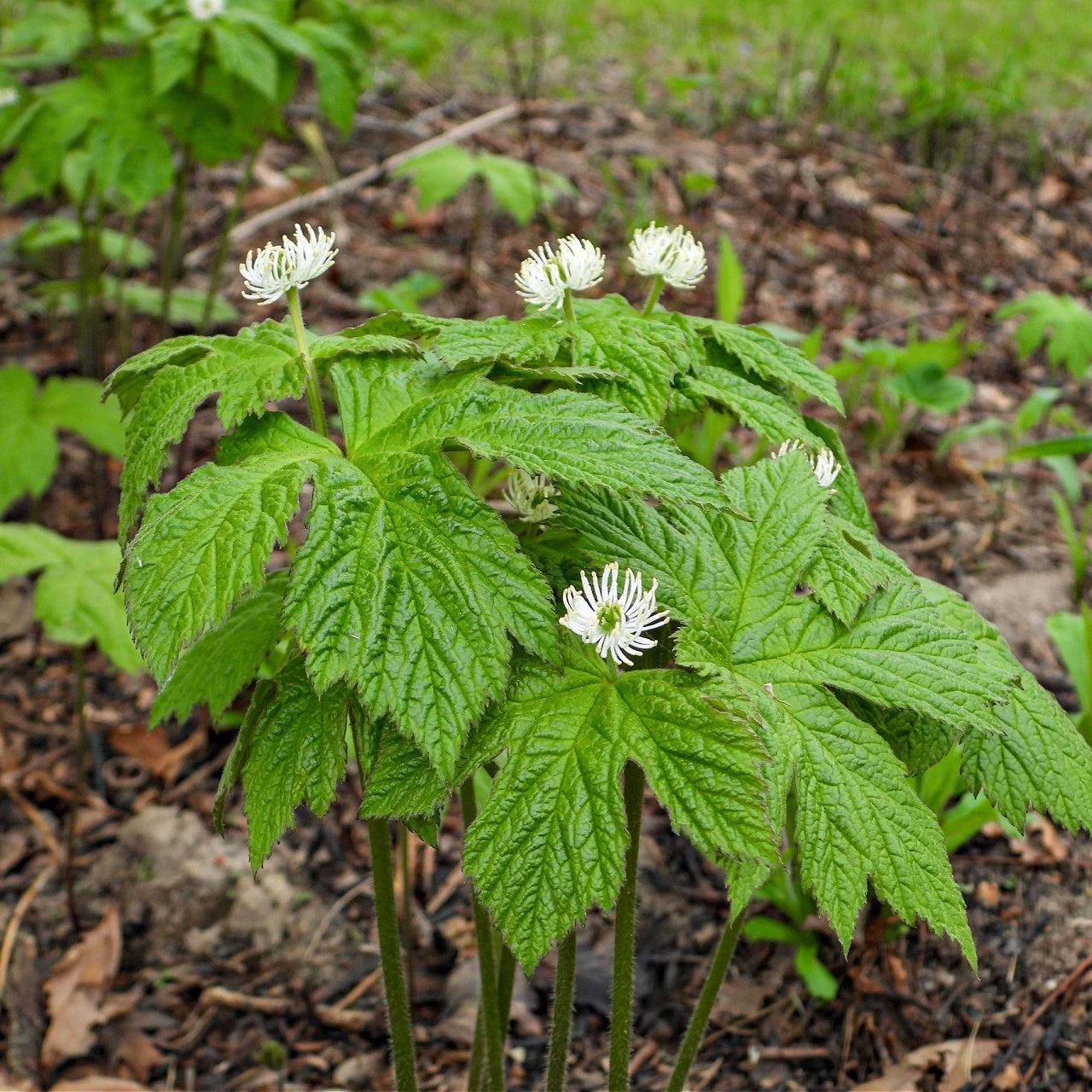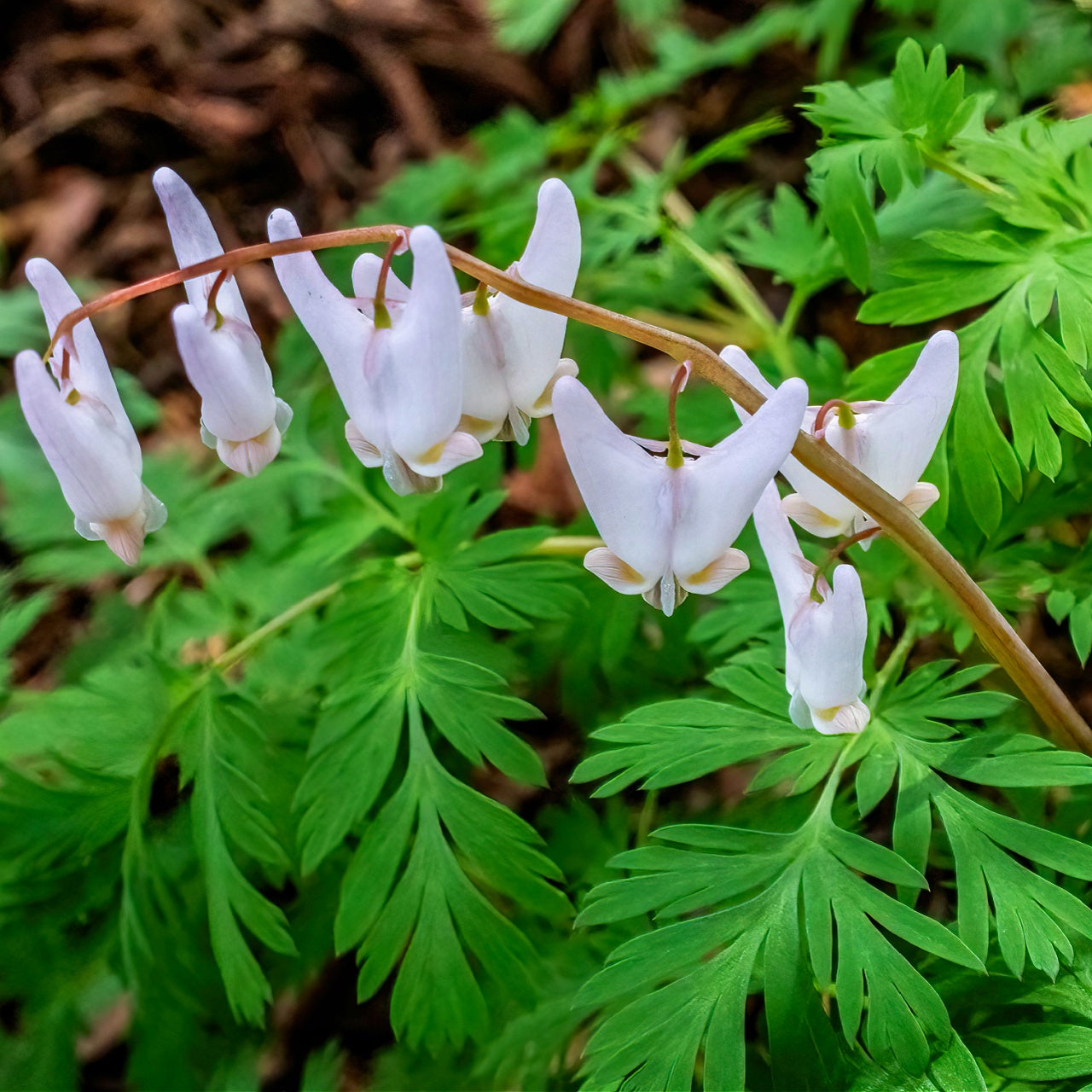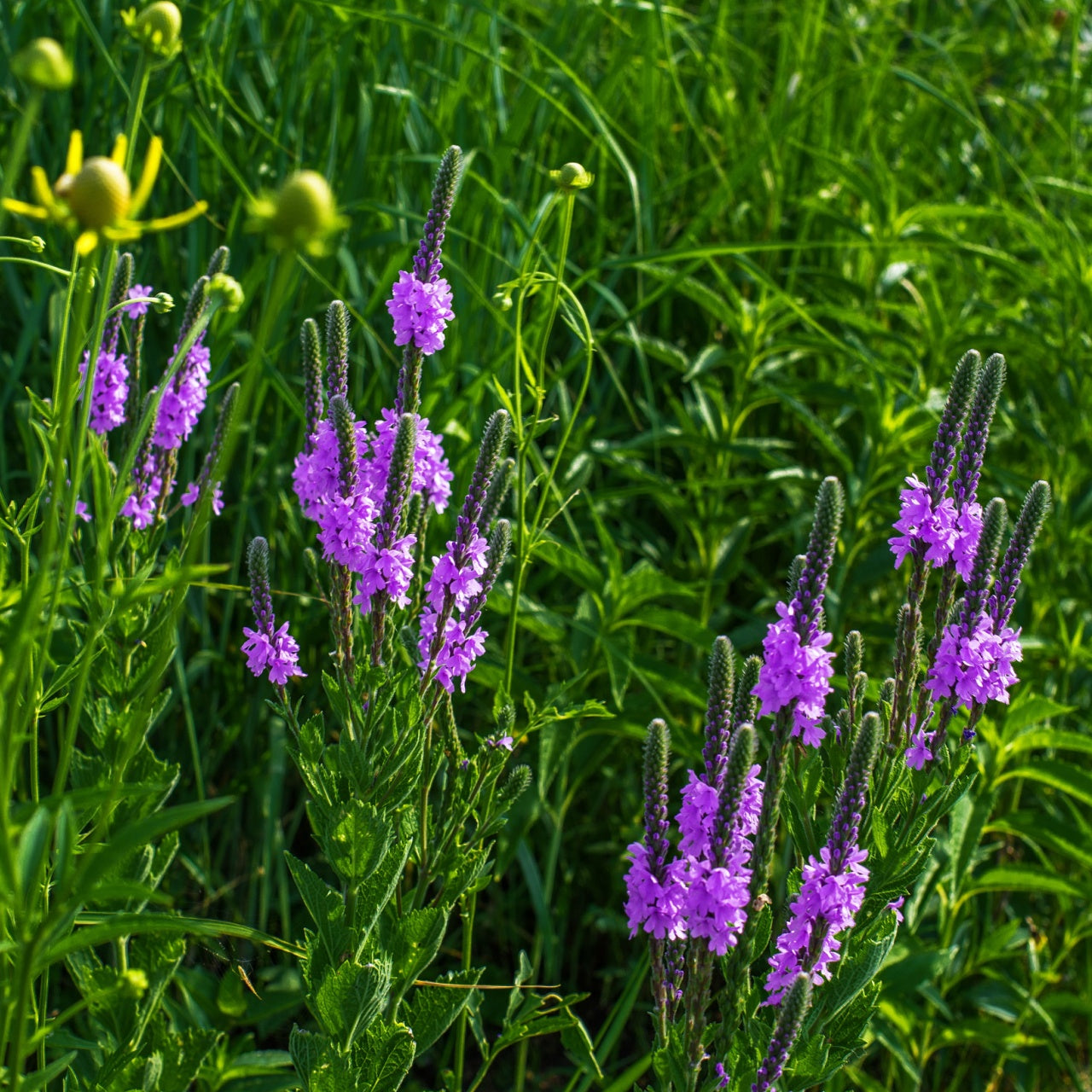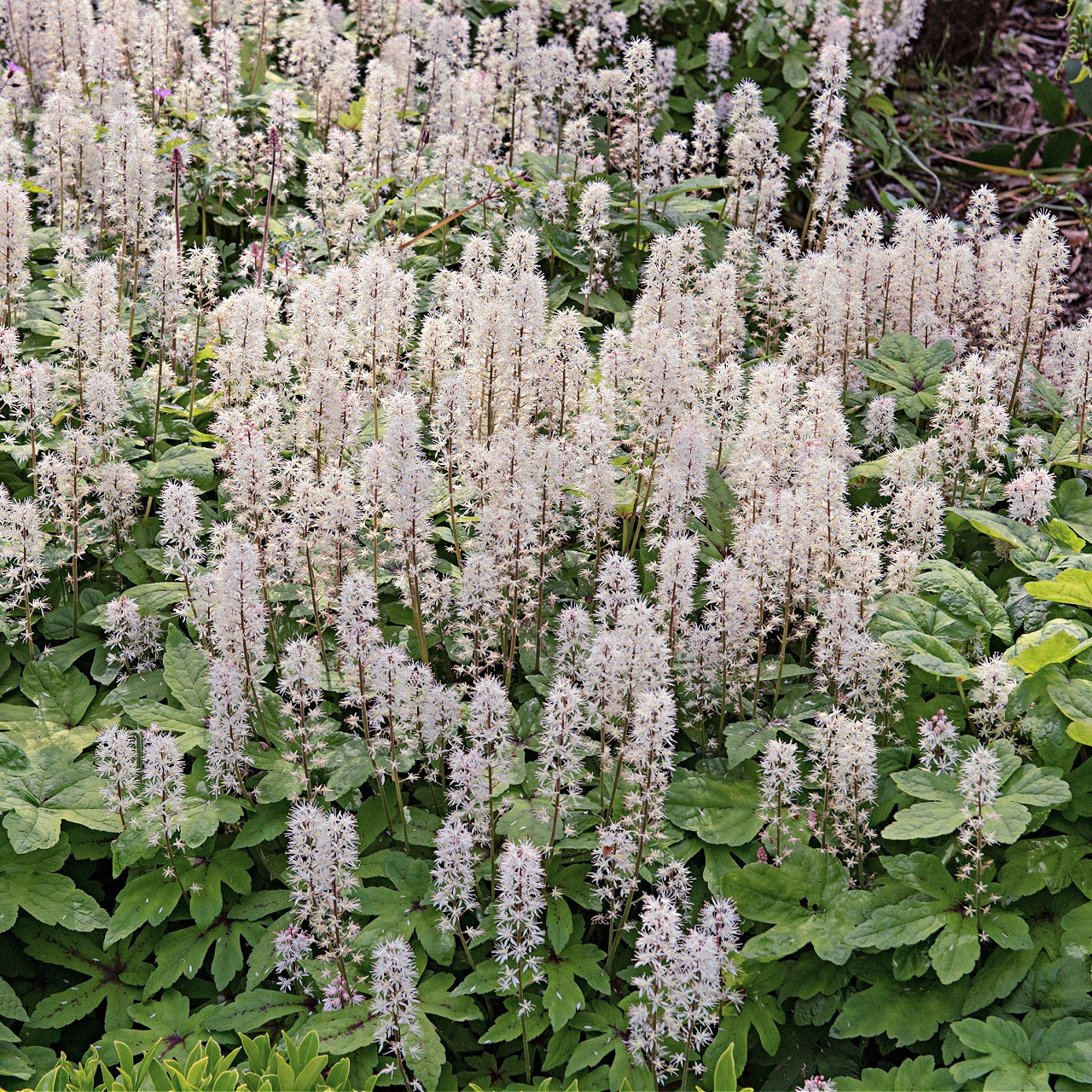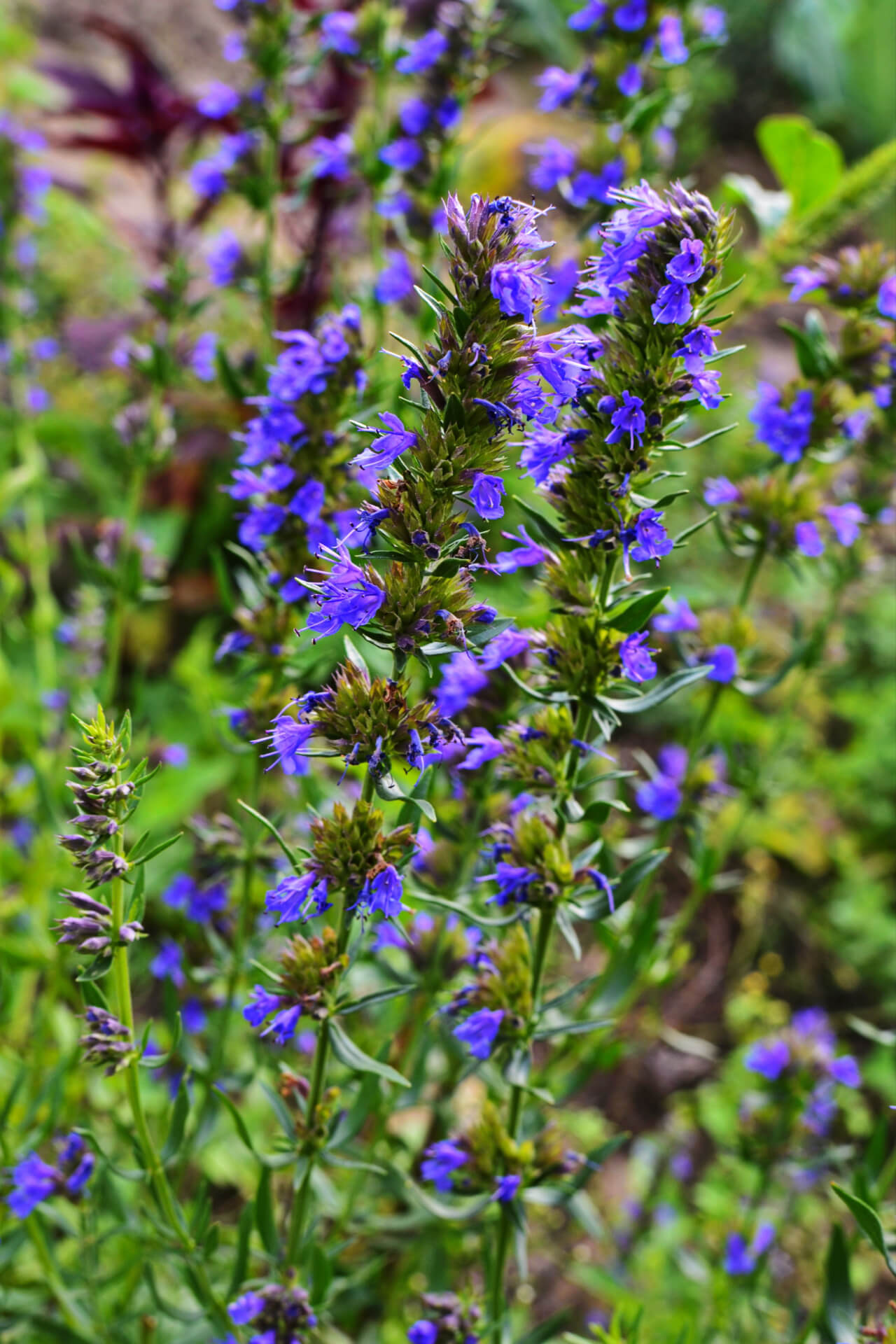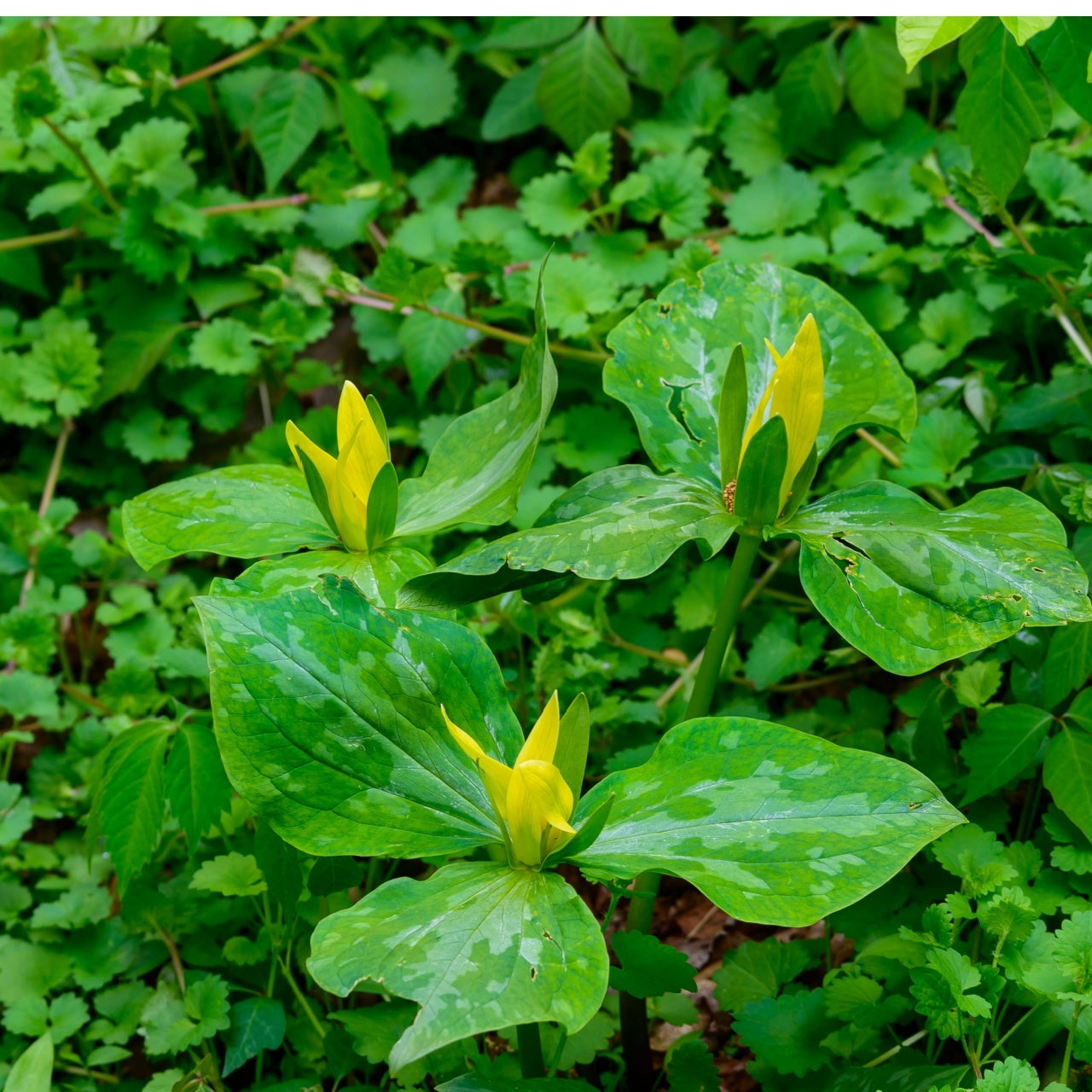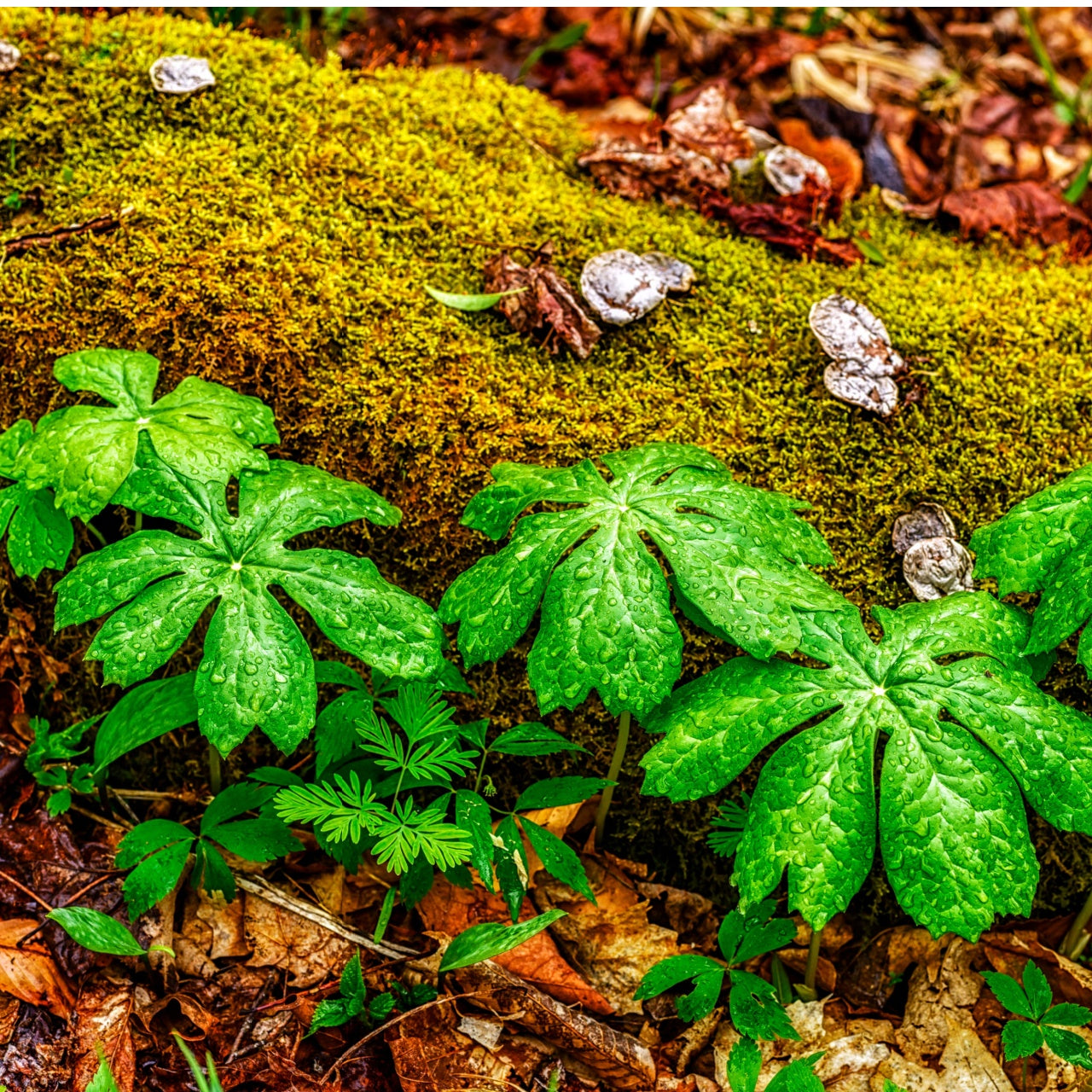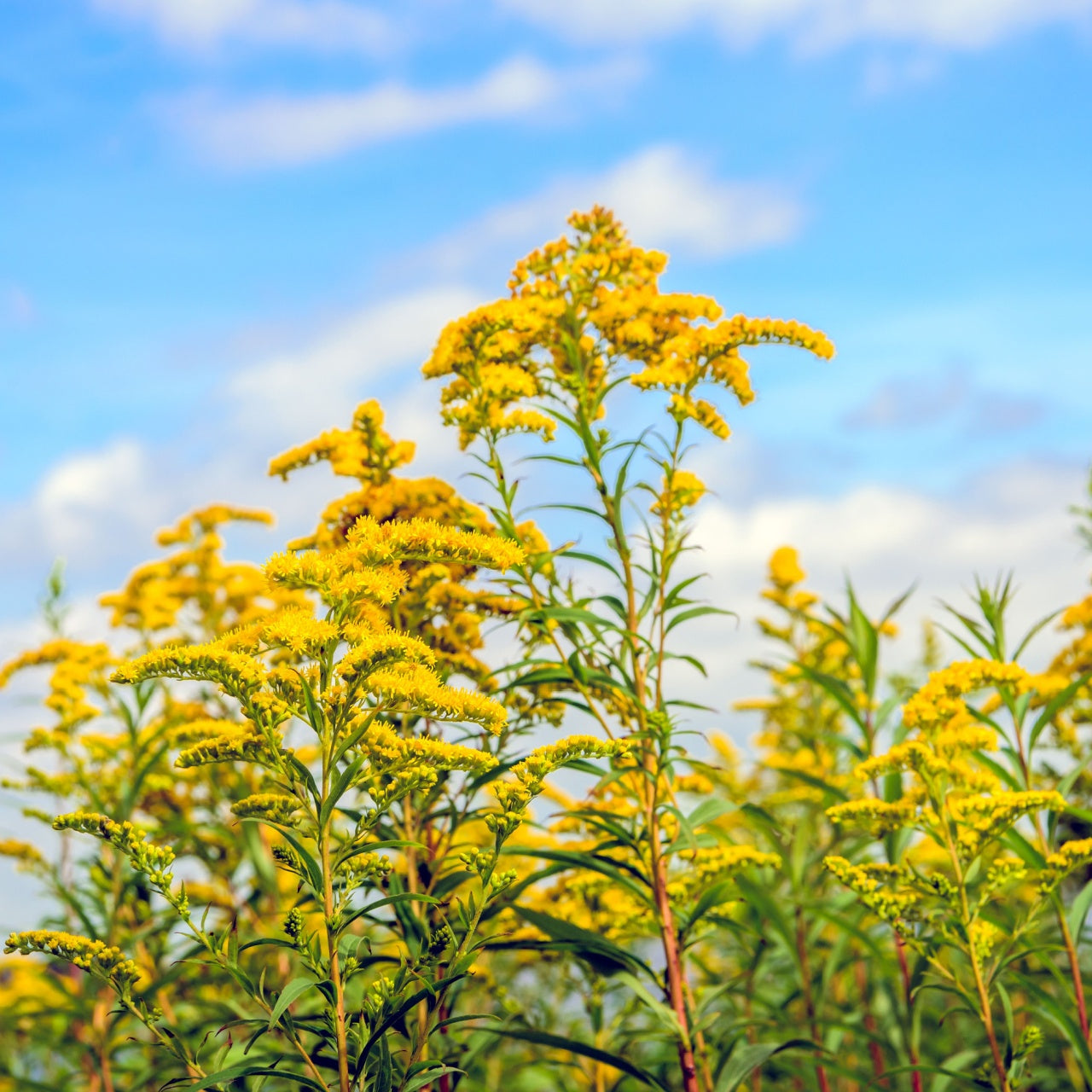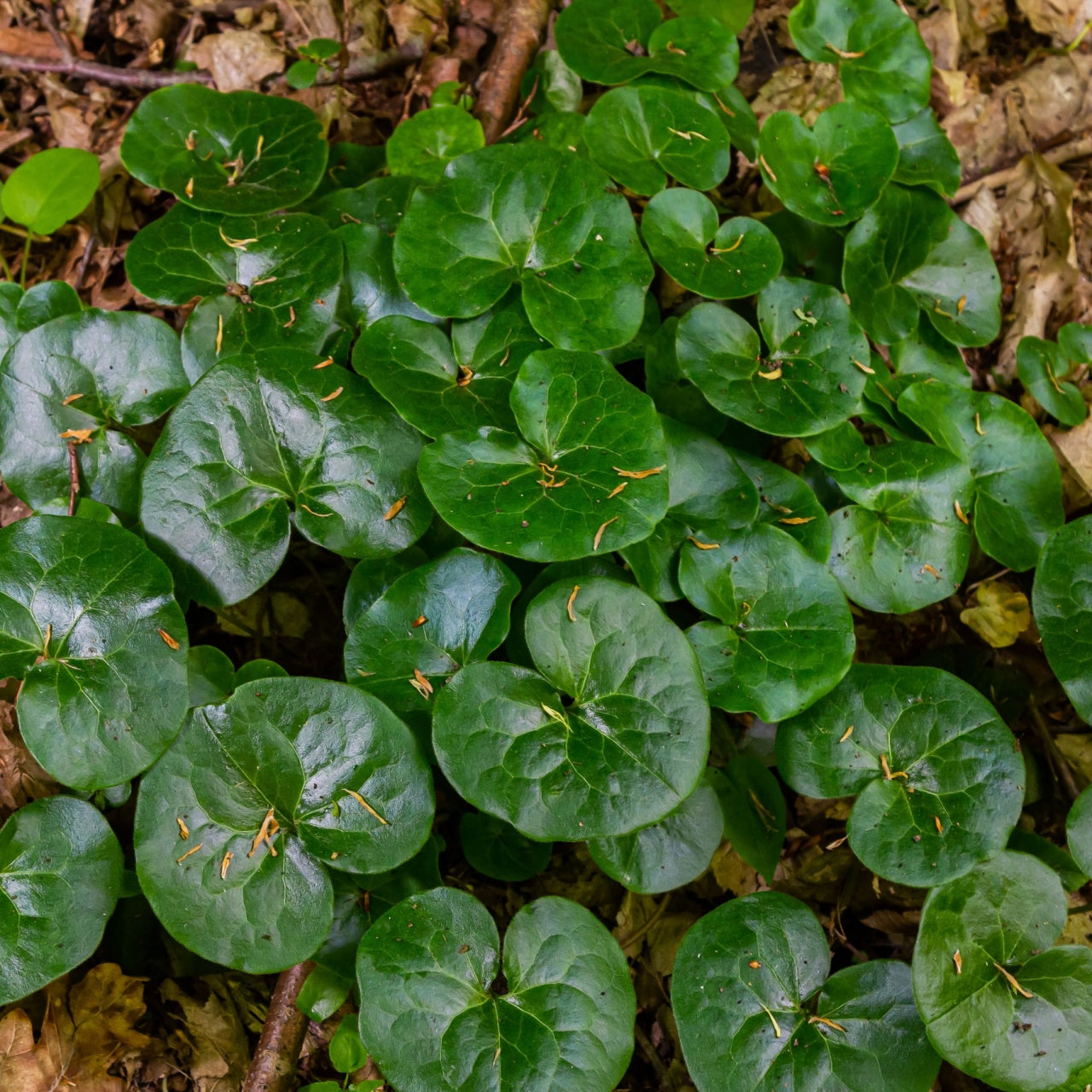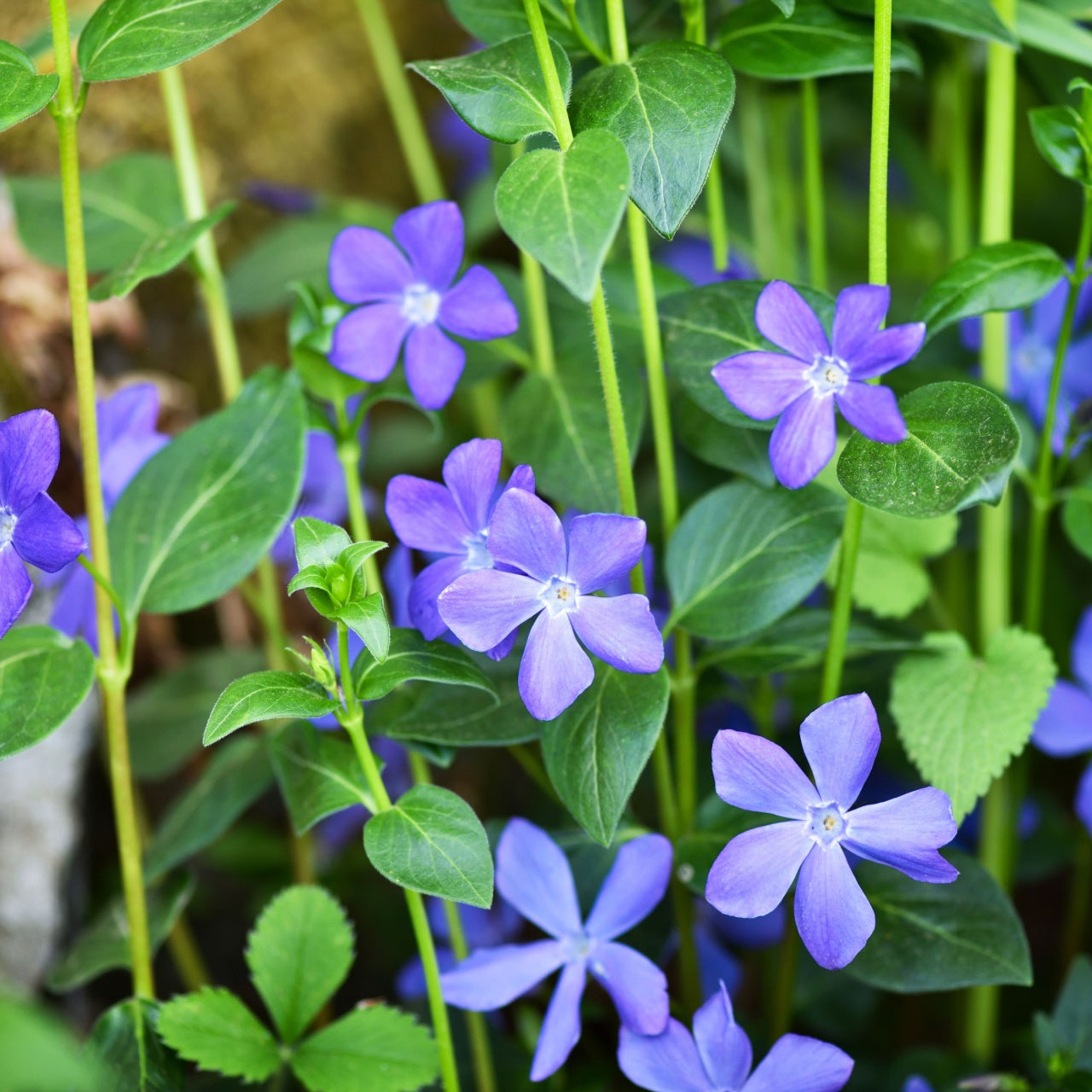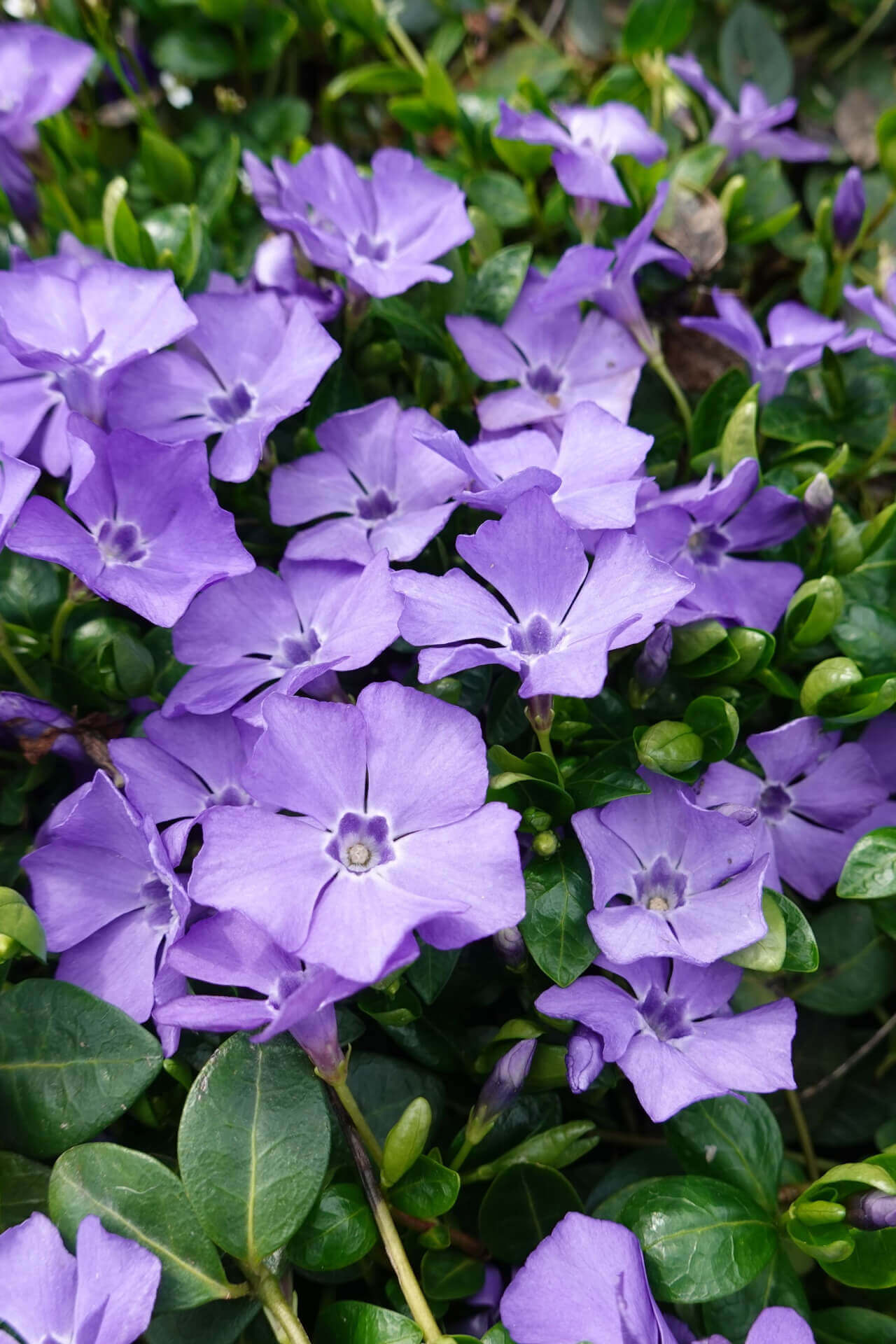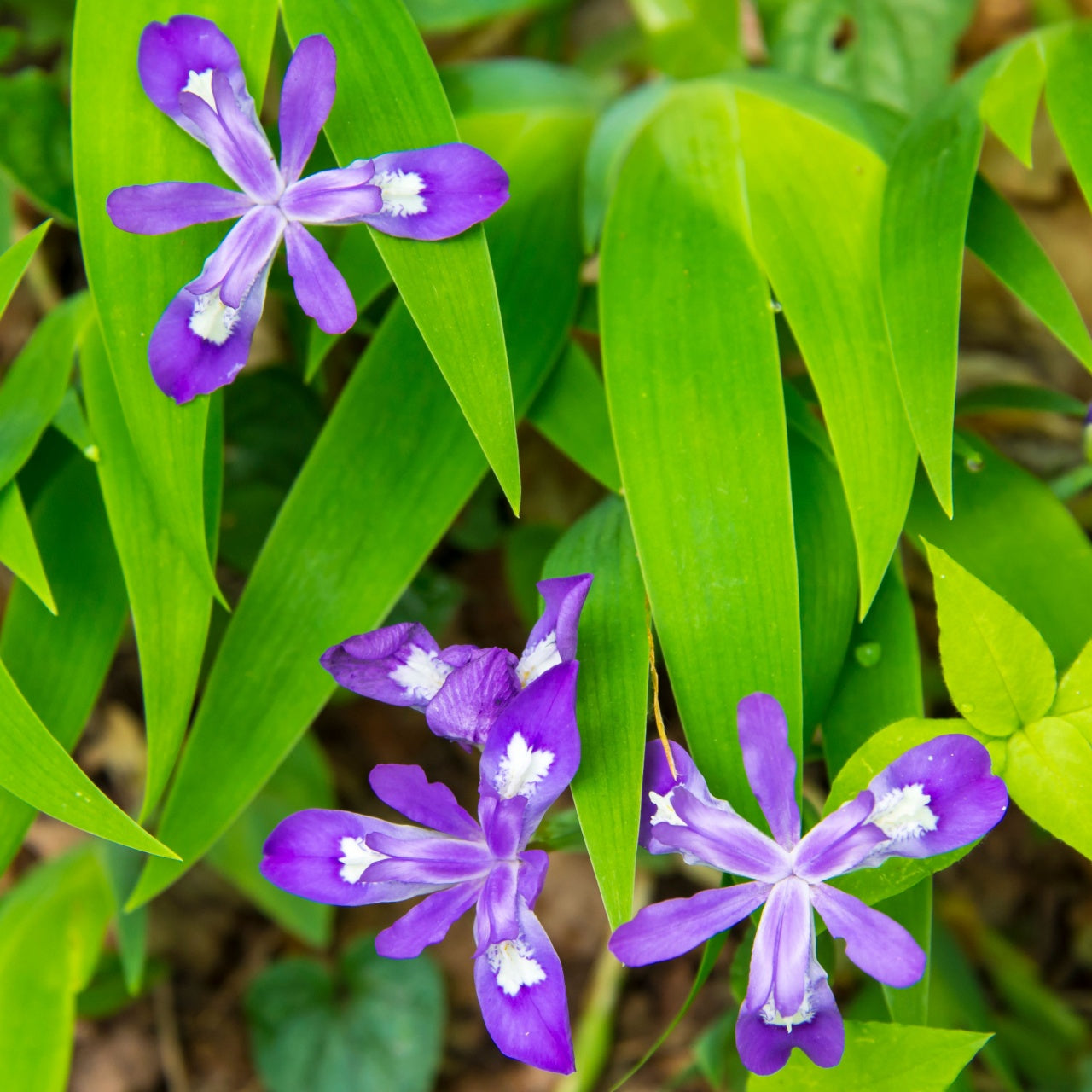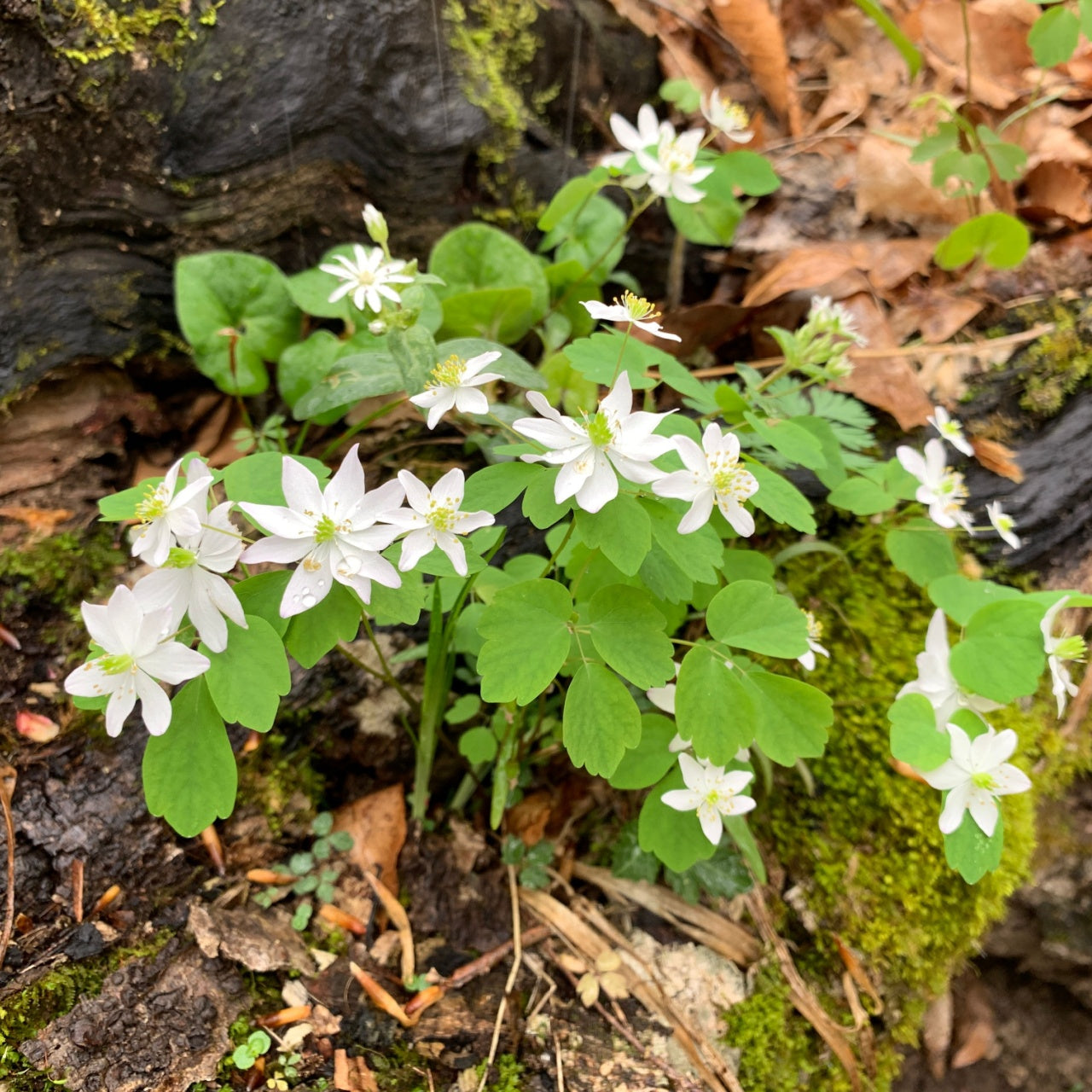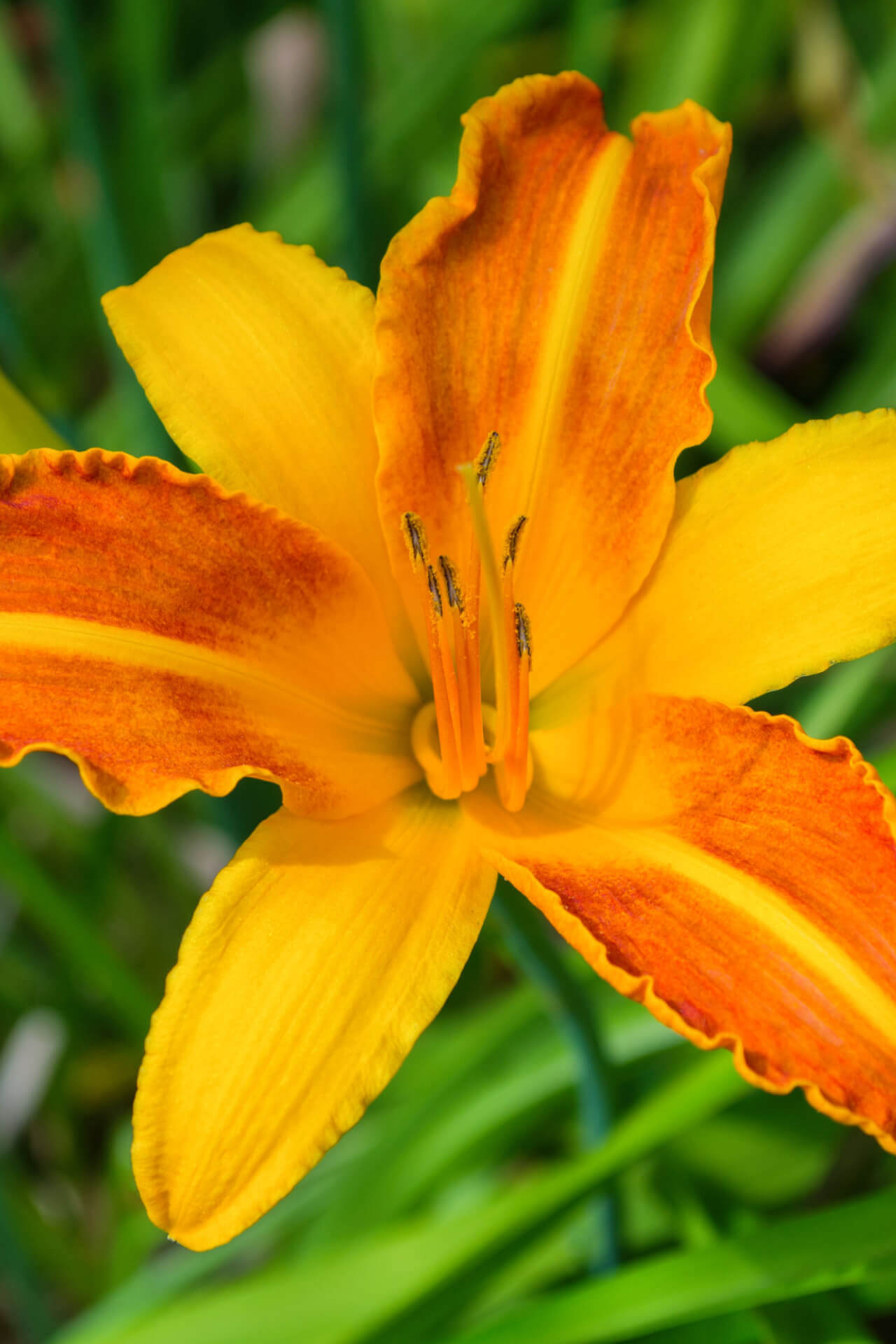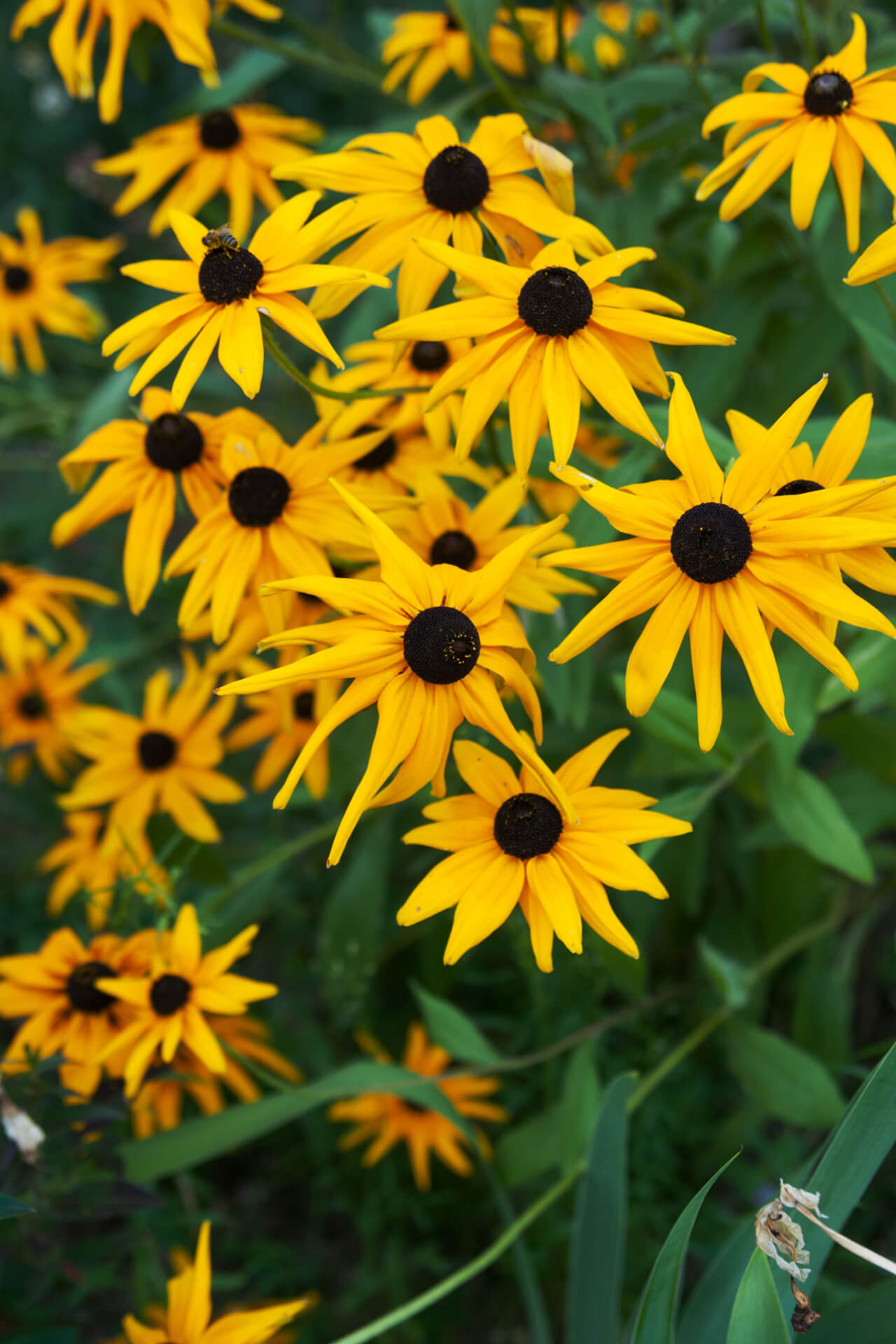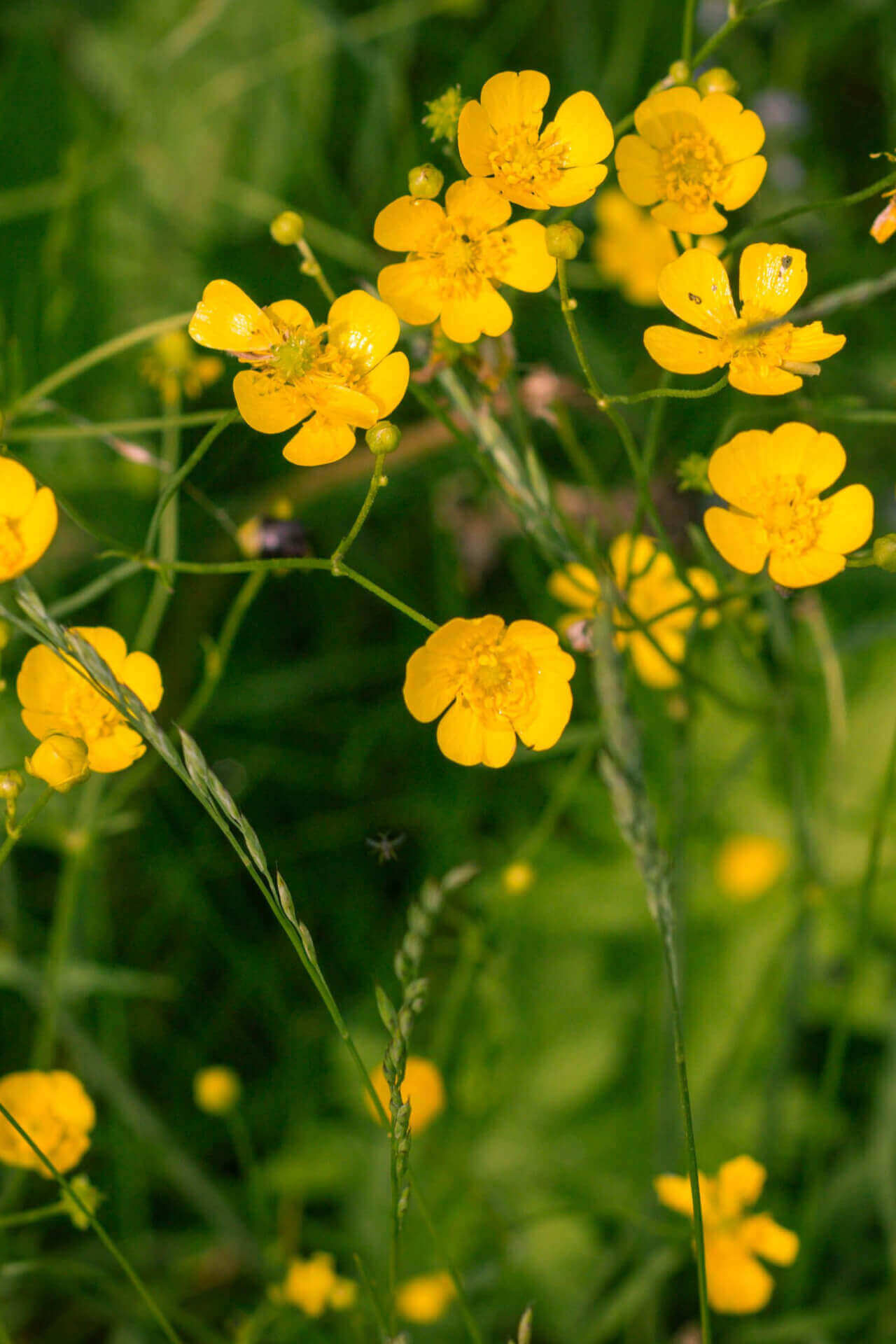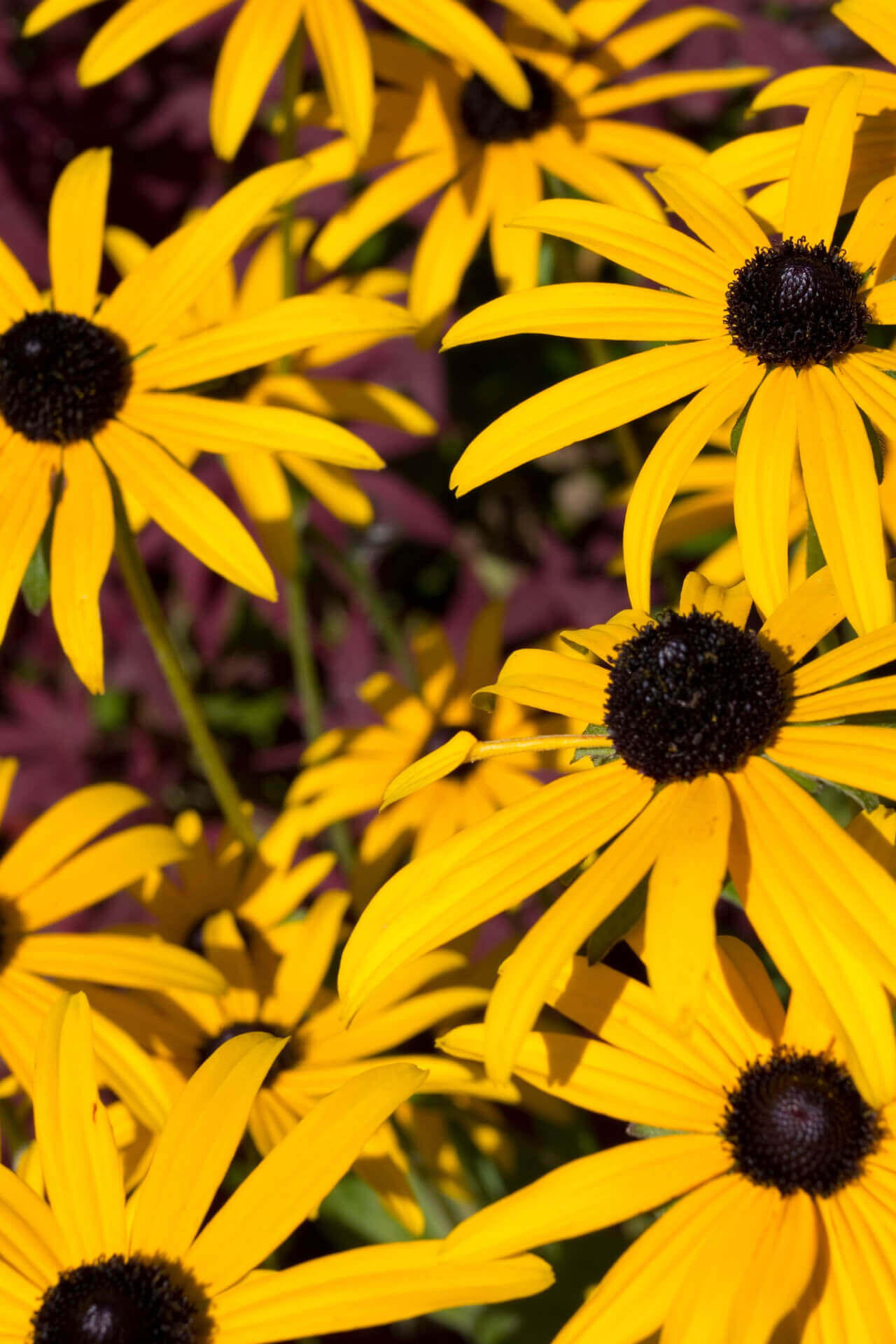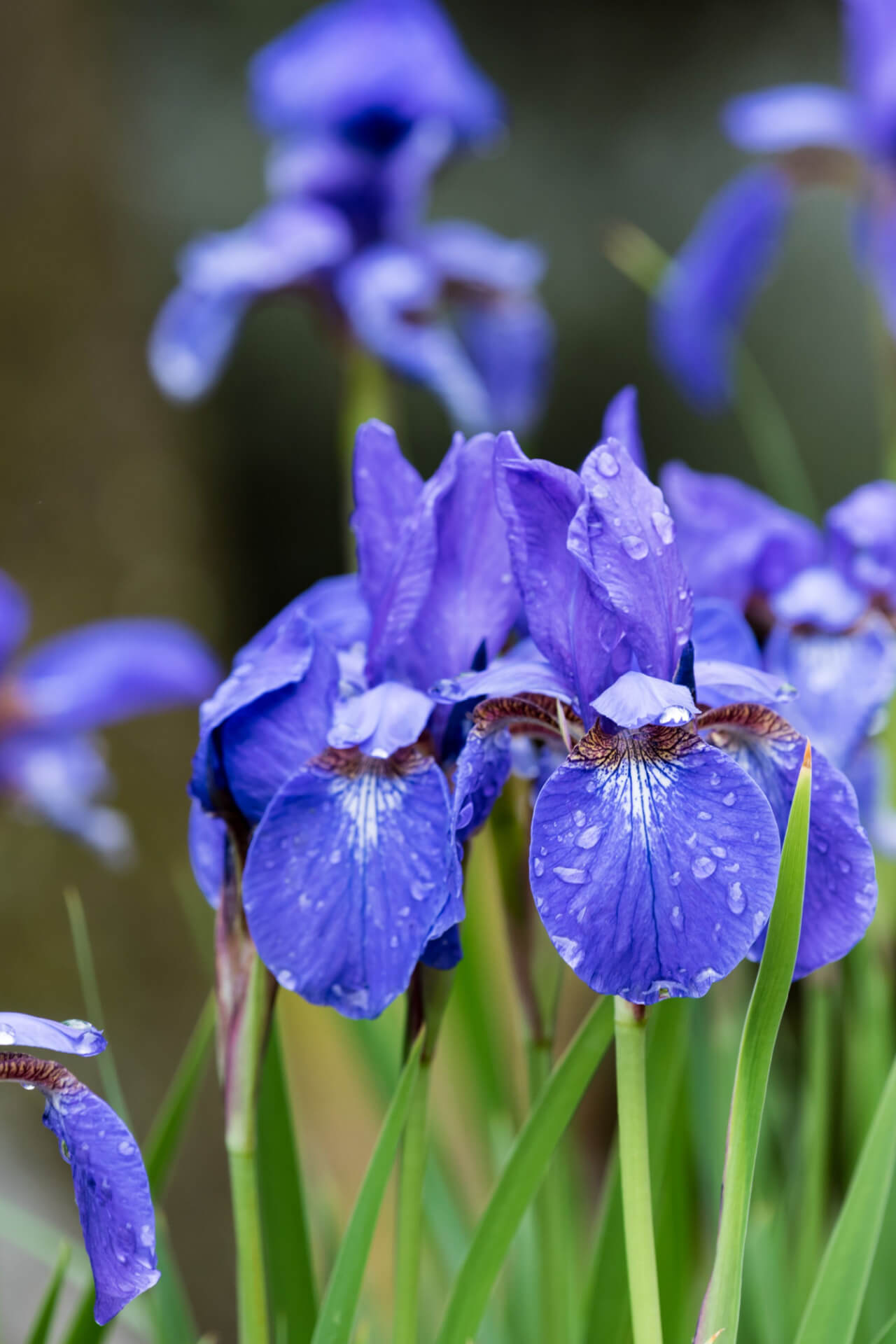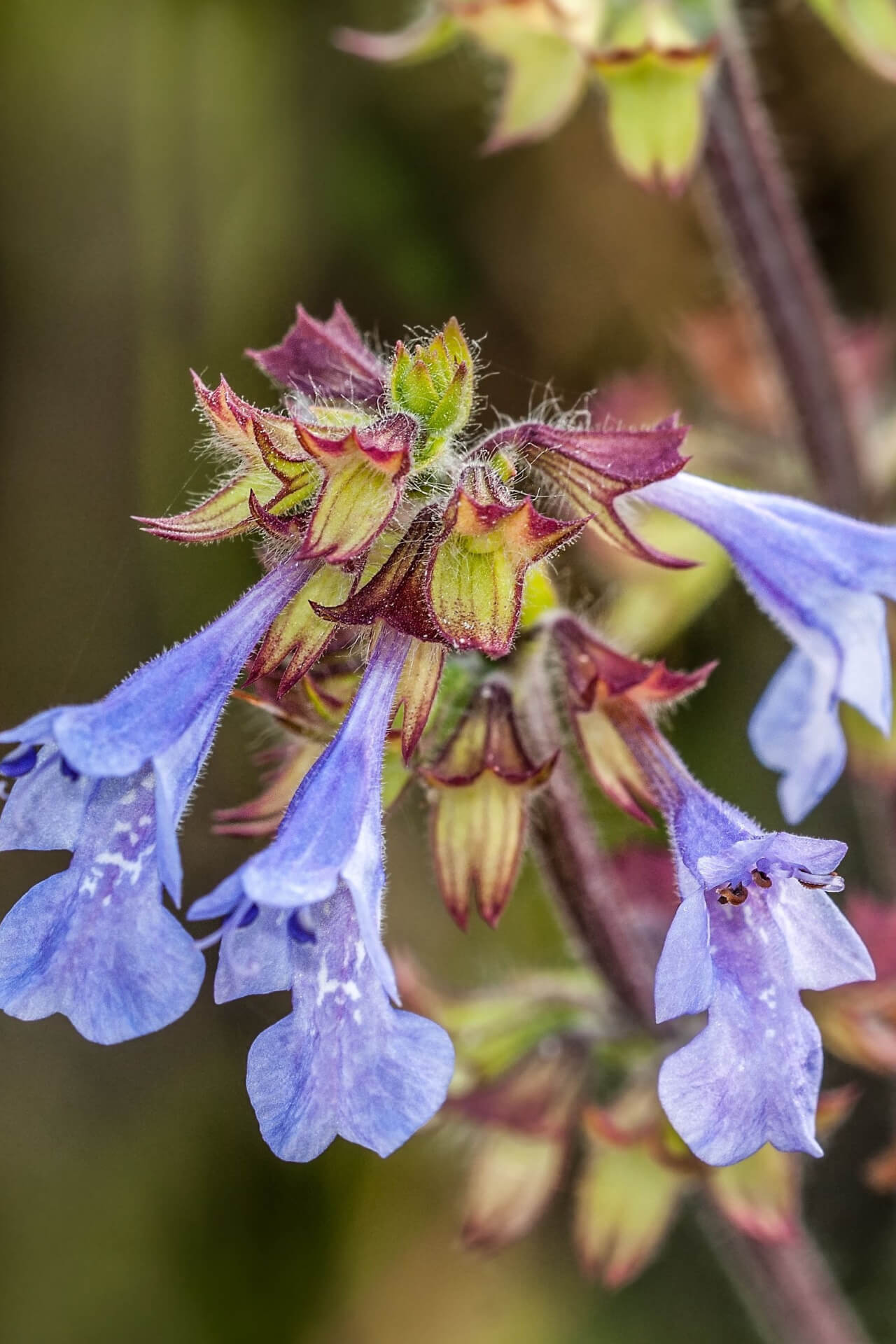Hummingbird plants play an essential role in supporting the health and wellness of avian pollinators. Over 60 American hummingbirds have received a new status as near-threatened, vulnerable, endangered, or critically endangered. This means growing various native flowering plants is critical to creating more food and native habitat.
Gardening brings many joys; however, a visit from a friendly hummingbird has to top the list. These beautiful hummers reside in almost every state in North America and visit different gardens to collect nectar and feed on insects.
Hummingbird Plants Bloom Throughout The Year
While hummingbirds are considered tiny among other birds, their visit means more than just collecting nectar. They promote the health of your garden's ecosystem and help cross-pollinate plant species. They eat tiny insects and bugs usually found in the garden to balance their diet. Therefore, adding hummingbird-friendly plants with different blooming times to your landscape design would ensure food and shelter for these birds throughout the year.
At TN Nursery, we have a variety of native plants to attract birds. By adding these to your landscape, you can provide them with a nourishing, thriving habitat.
Featured Hummingbird Plants
Hummingbird-attracting plants typically have two standard features: vibrant flowers and rich nectar. However, a variety of plants also fall more on a subtle and muted side. Since these tiny birds have a poor sense of smell, they mainly rely on their sight to locate colorful nectar-rich flowers and plants. At TN Nursery, we have a wide range of plants for you to choose from.
One of the most popular plants for birds is the Virginia Bluebell. With its delicate bell-shaped blooms, this plant is ideal for shaded and woodland gardens. It enhances the beauty of any space and attracts hummingbirds, bees, and other pollinators, making it an ideal addition to your pollinator garden.
Coneflower Is A Perfect Hummingbird Plant
The Coneflower Plant is another favorite among pollinators and is known to attract hummingbirds, bees, and butterflies. This wildflower has unique daisy-like blooms, essential for your summer garden.
Additionally, TN Nursery has a selection of other plants for attracting birds, like Monarda Bee Balm, Trumpet Vine, Lily of the Valley, and more for you to buy and plant in your pollinator garden.
